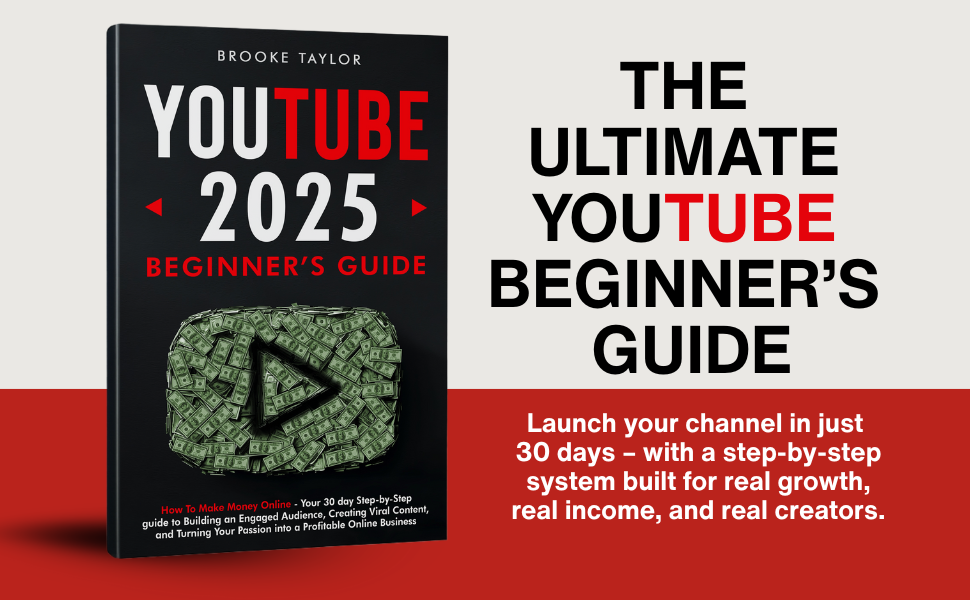Best All-in-One Platform to Teach and Build Community in 2025
In 2025, there are more tools than ever to teach online or build a community—but finding one platform that actually does both is still a challenge. I’ve tried everything from Teachable to Facebook Groups, and every time, I ended up juggling multiple tools just to manage one audience. That’s when I found Skool, and everything changed.
If you’re a course creator, coach, or entrepreneur who wants to teach and grow a real community in one place, let me share why I believe Skool is the best all-in-one platform in 2025 — and how I personally use it to run my business and monetize my knowledge.

Table of Contents
Why I Needed an All-in-One Platform
When I first launched my online course, I was using five different tools:
- One to host my videos
- One for payments
- One for emails
- One for community
- One for scheduling calls
It was a mess. Things broke, people got confused, and I spent more time fixing tech than actually teaching. I knew I needed a better system — something simple, powerful, and focused on connection. That’s when I started looking for an all-in-one community and course platform.
Why Skool Became My Go-To in 2025
I stumbled on Skool after hearing other creators rave about it. Within 15 minutes of signing up, I had my classroom, community, and calendar all set up — without needing a tech expert. That was my first clue it was different.
Skool isn’t just a course platform. It’s a full ecosystem where members can learn, engage, comment, ask questions, and show up to live sessions — all from one clean interface. And because everything happens in one place, engagement naturally goes up.
Teaching Inside Skool Feels Effortless
I upload my training content directly inside the “Classroom” tab. It’s organized, visual, and easy to navigate — no clunky course dashboards or confusing funnels. My students love it because it feels simple and welcoming. I love it because I don’t waste time managing tech.
Plus, Skool includes built-in gamification. Members earn points for completing lessons, participating in the community, and attending live calls. That simple feature alone has boosted my engagement and retention dramatically.
Community Is the Heart of It All
What truly makes Skool the best all-in-one platform in 2025 is its community feature. Unlike Facebook Groups — where distractions are everywhere — Skool keeps everything focused and professional. People come to learn and connect, not to scroll memes or fight the algorithm.
The discussions in my Skool group are more meaningful. Members feel like they’re part of something exclusive. And since it’s private and pay-to-access, the quality of conversation is way higher than any public forum I’ve used.
Skool Replaces 5+ Tools for Me
With Skool, I no longer need:
- A separate course platform
- An external community (like Discord or Facebook)
- Zoom + Google Calendar for calls
- Email automations for engagement
- Payment systems like Gumroad or Kajabi
It’s all handled inside one clean dashboard. My members pay, join, engage, and learn — without needing to jump between platforms. And yes, it saves me hundreds of dollars per month.
How I Collect Payments Without Headaches
Skool connects directly to Stripe. I set my group to $49/month, and the system handles everything: billing, access control, welcome emails, and more. There’s no chasing payments, no awkward DMs, no spreadsheets. It just works.
You Don’t Need a Website to Start
Here’s the wild part: I run my entire paid group without a website. I just use my Skool group link, promote it in my content, and let the platform do the rest. No WordPress. No funnels. No drag-and-drop builders.
If you’re just starting, this can save you weeks — and hundreds of dollars.
The $99/Month That Pays for Itself
Yes, Skool costs $99/month. But after my first week, I already had 3 paying members, and it covered itself. After a month, I had built a small tribe that now pays me monthly — and that income continues growing every week. That’s what happens when you build your community the right way.
Who Is Skool Best For in 2025?
In my opinion, Skool is perfect if you:
- Teach online (courses, coaching, consulting)
- Want to build a tight-knit community
- Sell recurring subscriptions
- Hate tech and want something simple
- Want a clean, modern space without Facebook distractions
Final Thoughts: One Tool to Teach and Connect
If you’re tired of cobbling together 5 tools just to deliver your message, I get it — I’ve been there. But with Skool, you can simplify your workflow, serve your people better, and finally focus on what matters — teaching, leading, and building real connections.
It’s the best move I made in 2025, and if you’re ready to try it, here’s my affiliate link to join. You’ll love how easy it feels to finally bring your ideas to life.
One of the biggest reasons I switched to Skool was the simplicity. I no longer needed to explain to members where to find the Zoom link, how to access modules, or where to comment. It’s all in one place. And that made a massive difference in how confident I felt running my group.
Before Skool, I always had this underlying anxiety. What if the tech breaks? What if people can’t find the course? What if the payment system fails? But now, I’m at ease. Skool gives me the structure I need to deliver my best work, while removing the distractions and bugs I used to deal with.
Another huge win? The engagement dashboard. I can instantly see who’s active, what content is resonating, and where people might be stuck. That data helps me make better decisions, so I’m not guessing — I’m improving.
I also love the searchable community feed. When someone asks a great question, others can search and find it later. This turns your community into a living knowledge base. And since it’s integrated with the course content, people stay in the ecosystem longer.
A cool little bonus? You can use custom domains with Skool now. That means you can brand your group however you want while still keeping all the platform’s backend power. So for those who care about branding — Skool has stepped it up in 2025.
Another game-changer has been the calendar feature. I use it to schedule coaching calls, live workshops, or bonus sessions — and members get notified automatically. No need to sync other tools or send follow-up reminders.
When people ask me why I chose Skool over Circle or Kajabi, I always say this: Skool is made for creators like me. I’m not a developer. I don’t want to learn 10 plugins. I just want to teach, engage, and grow. And Skool makes that simple.
A lot of my income now comes from my Skool group. It’s not just a side project — it’s become the foundation of my business. And the best part is, I built it without spending money on ads or funnels. Just consistent value, a clear offer, and a simple signup link: https://www.skool.com/signup?ref=1ec568c8b52c4003bec6f83bc60e710c
If you’re like me and want to build something that feels real — something that lasts — you need a platform that doesn’t overcomplicate things. Skool gives you the tools and gets out of the way.
Even if you’re brand new, Skool helps you look professional right out of the gate. The layout is clean, modern, and intuitive — and that gives your members confidence in your program. You don’t need fancy branding or a 20-step funnel. You just need something that works.
It also helps that Skool is constantly improving. Every few weeks, I see new updates, features, or small refinements that make it better. They actually listen to creators, and that matters in a world full of static platforms.
So if you’re asking yourself, what’s the best all-in-one platform to build a paid community in 2025, take it from someone who’s tested nearly everything — Skool is it. You can launch faster, teach better, and grow a tribe that pays you monthly. That’s what freedom looks like.






